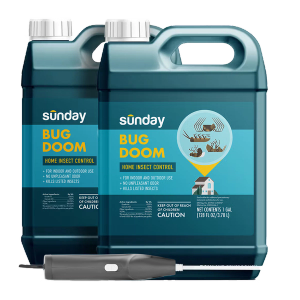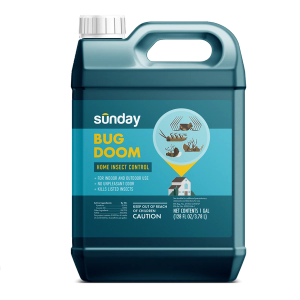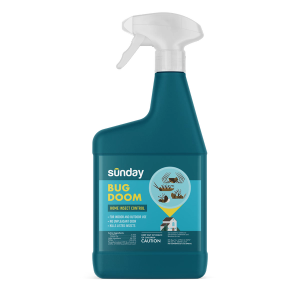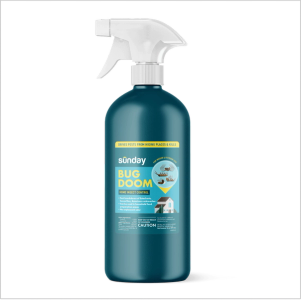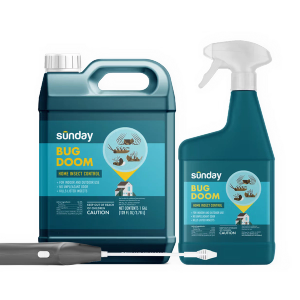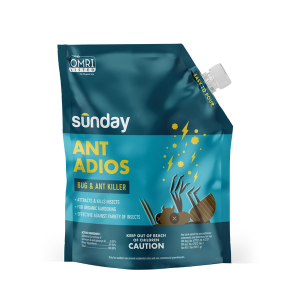The trouble with ticks
Ticks are blood-feeding ectoparasites (a fancy way to say they attach to the outside of their hosts) capable of transmitting species-specific pathogens to people, dogs, possibly cats, and other wildlife. And some even specialize!
What do ticks look like?
Most adult ticks and nymphs have eight legs, whereas larvae (the stage that hatches from the egg) only have six. Adults are usually less than 1/8 inch long.
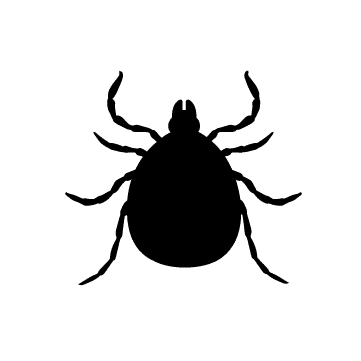
Sunday Tip:
Bed bugs and fleas can be common lookalikes to ticks. Make sure you identify these pests before any treatment occurs.
When are ticks active?
Ticks are active in spring, early summer, and again in the fall. They become active when temperatures reach 40 degrees but will become less active during high heat in peak summer months. Many ticks found in the U.S. can be active all year round if temperatures remain above freezing.
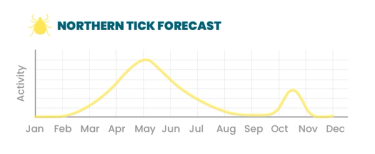

Ticks you need to watch for
Here is a top four list of must-know ticks. Why? These ticks are the most prevalent in the U.S. and can carry the more troublesome pathogens for pests and humans.
Blacklegged Tick (
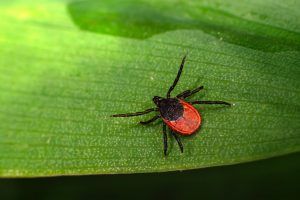
- has black legs and a round scutum
- female has red abdomen
- found under shrubs and in or near woods
Sunday Tip:
What’s a scutum? It’s just a fancy word for the hard section behind a tick’s head.
Lone Star Tick (

- round-shape with long mouthparts
- female with white spot, all reddish brown
- found in lawns, tall grass, and shrubs
American Dog Tick
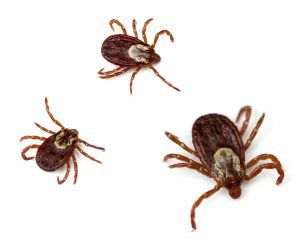
- males have a mosaic pattern against a dark brown body
- females have large off-white, patterned scutum against a dark brown body
- short mouthparts
- found in wooded edges, lawns, and closer to homes
Brown Dog Tick (
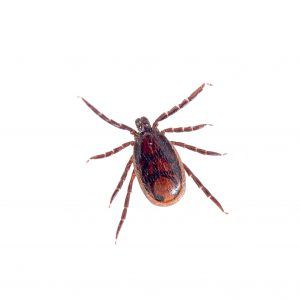
- dark brown with no special markings
- teardrop shape
- short mouthparts
- can live outdoors, mostly in the southeast, but can also infest and breed in living spaces, especially near pet resting areas
Sunday Tip:
While Brown Dog Ticks will bite people, they earned their name because they're attracted to dogs and spread diseases like canine ehrlichiosis and babesiosis.
How to prevent ticks in your yard
At Sunday, we prefer an Integrated Pest Management approach to deter pests in your yard. Natural pest reduction strategies are the first step to reducing pest habitat and hiding places.
For tick prevention: Keep your lawn well-maintained like trimming bushes and tall grass. Check yourself and your pets for ticks after spending time outdoors, too!
For tick control: When the problem is recurring or natural pest prevention isn't enough, Sunday’s Nix Ticks is a cedarwood oil yard-control spray that kills and repels ticks on contact for up to 4 weeks!
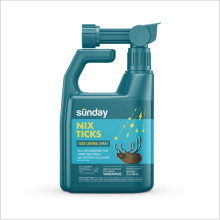
Nix Ticks Tick Spray for Yards
- Safe when used as directed
- Powered by cedar oil
- Effective for up to 4 weeks
- Kills on contact
- Smells like a walk in the woods
Learn more about ticks
- How to Prevent Ticks on Pets
- Tick Control for Your Yard
- Mosquito, Tick, and Flea Control
- Nix Ticks Instructions
Cited sources
Best Management Practices For Brown Dog Ticks. University of Florida.
Regions where ticks live | Ticks. CDC USDHHS.
Tick Identification Guide. University of Rhode Island.
Ticks. NYS Integrated Pest Management, Cornell University.







